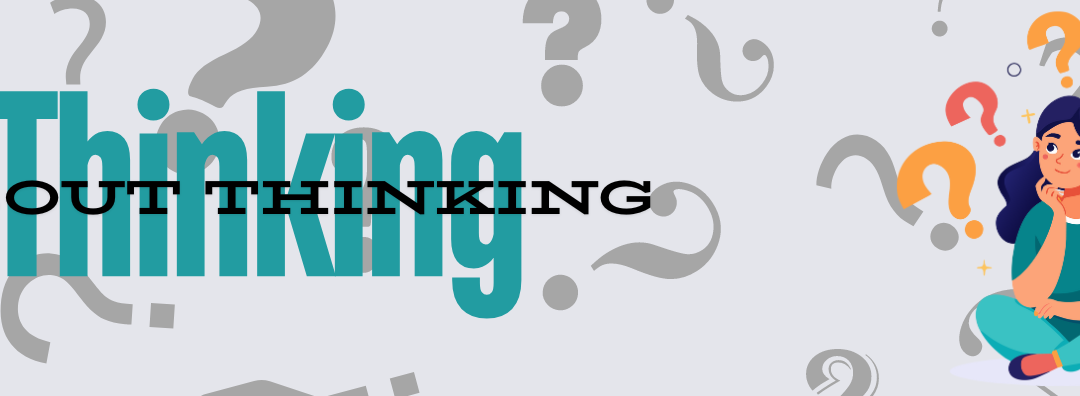
One of the scariest thoughts parents have is “Where do I start?” Every parent asks this question what I have to imagine is thousands of times before their child is grown.
Where do I start to teach him to sleep?
Where do I start to help her learn good nutrition?
Where do I start when it is time to potty train?
Where do I start when it is time to explain bullying?
Where do I start when I want to support a good thoughtful reader?
While I can’t give you more than here is what we did on the first five questions, the sixth question is an easy one for me to answer. You start by teaching your child to think about thinking. Thinking about thinking – also known as metacognition – is simply recognizing that as information goes into your brain you are doing something with it. Sometimes you respond to it by saying something like “me too” or “that’s new / cool / weird / gross.” Sometimes you have a question about what you have heard. Sometimes you put things together and have an aha type moment. Those are just a few of the things that your brain does mostly without you recognizing it. AND there in lies the problem, most of the time we don’t even realize that our brain is saying amazing things. This is especially true as we approach books and reading.
So what can we do to help ourselves realize that we are thinking?
- Model thinking as you read by stopping every now and then as you read to your child and saying something like “Wow! I just realized that the character and I both broke our arms in second grade. I remember how hard that was.” or “I wonder why it is so important to Mark to make the baseball team.”
- Stop and ask your child questions as you read. These questions should be simple and wide open such as “How does what we have read make you feel?” or “What questions do you wonder about what we are reading?”
- As you are reading together, have your child raise their hand, touch their nose or make some other gesture every time something pops into their head. At first this tends to go slowly but after a week or so kids are usually surprised at how often they think while they are reading.
- Give your child post it notes and let them put a post it note in books as they are reading. They don’t even necessarily need to write anything on the post it note. They just need to mark the fact their brain told them something. After they finish reading, go back and talk about the places they put their post it notes in.
- Print off metacognition bookmarks and use them. You can do this together or your child can do it alone. As children start to recognize that they are thinking, they love to write down exactly what they are thinking and share it with others. This is especially fun if you also read the book and then talk about it book club style.
As we start to realize all of the amazing things our brain is doing in the background, we naturally start to become more invested in the things that we are reading. We consider the text and life more deeply. We work our way through complex problems. We find out own voice and values. In short, we grow as people and as readers.
Why start here? It’s simple. By thinking about thinking first, we do the hard work of learning to listen to our own thoughts instead of listening only to the thoughts of others. We begin to trust ourselves and our thinking. Then after we are adept at recognizing our own thoughts we can learn to direct those thoughts in certain ways. We can look at the variety of thoughts we have and expand the depth in which we think.
Want a good thoughtful reader? Start by helping them learn to think about thinking.
Want more tips and tricks for growing thoughtful readers or for homeschooling in general? Join our mailing list and snag a freebie today. By joining the list I promise not to flood you with emails bur rather to have an email hit your inbox now and again with new encouragement. You can also connect with us on social media – Facebook and Instagram – we’re there pretty regularly. We also occasionally hang out on Threads @smartsimplehomeschool.

Trackbacks/Pingbacks